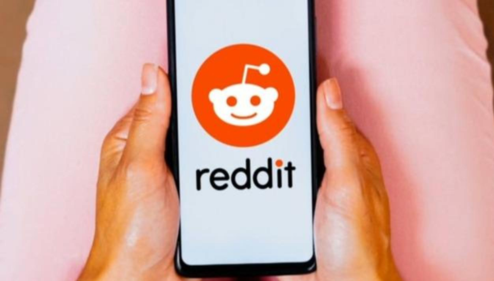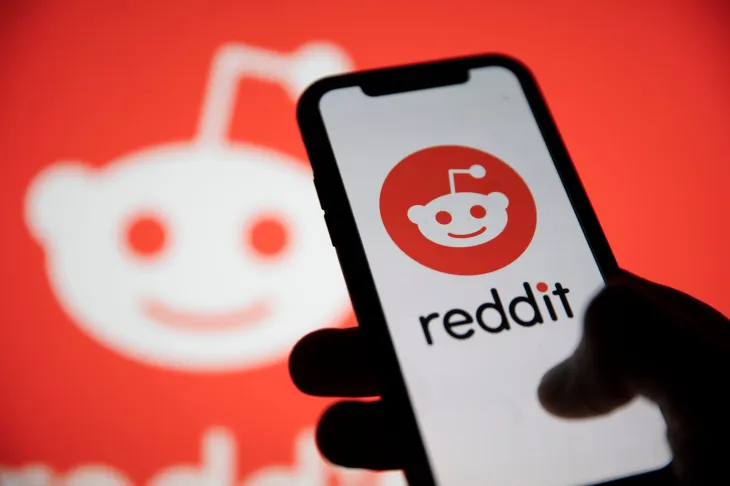How Well Do You Know Hedge Funds?
There are many investment vehicles beyond just stock market investing. We hear the names of some of these enough to think we know exactly what they are, but we often realize when asked that we have a hard time defining them. I experienced this recently with a financial adviser I know that was asked what a hedge fund is. She knew that it was a pooled fund (more than one investor) and that it may involve complex strategies that require people to be an accredited investors in most cases, but the Series-7 licensed advisor doesn’t spend much time with alternative investments, so her answer was left incomplete.
There are many hedge fund types all with different strategies; in fact it is a wide-open field. Michael Burry proved this as he created his own way to sell short the subprime mortgage market for his hedge fund before the mortgage meltdown in 2008. So there is no shame in not knowing what a hedge fund is, the strategies are limitless. I referred to the SEC website and spoke with several hedge fund managers I interact with regularly to ensure there were no important gaps missing while writing a hedge fund refresher.
What is a Hedge Fund?
Hedge funds are investment vehicles that pool money from investors with the goal of generating positive returns. They differ from mutual funds in that they typically employ more flexible investment strategies. Many hedge funds aim to profit in various market conditions by engaging in practices such as leverage (borrowing to increase investment exposure), short-selling, and other speculative investment techniques that are less commonly used by mutual funds.
There are a number of different types of hedge funds, each with its own unique strategy. Some of the most common include:
• Long-Short Equity Funds: These are funds that invest in both long and short positions, meaning they buy stocks they believe will go up in value and sell stocks they believe will go down in value. The balance of the long and short, in theory, moderates risk in the management of many long-short equity funds.
• Market Neutral Funds: These are funds that look to generate returns for investors that are not correlated to the overall market. They do this by investing in a variety of assets, including stocks, bonds, and derivatives. A market-neutral fund that adapts to any market condition by selecting positions for what is expected in the various markets allows the manager much more leeway than most mutual funds available.
• Volatility Arbitrage Funds: These funds take advantage of volatility arbitrage which is a trading strategy that attempts to profit from the difference between the forecasted future price volatility of an asset, like a stock, and the implied volatility of options based on that asset. Success at calling the disconnect between the two that yields a profit (arbitrage) is the goal of these fund managers.
• Merger Arbitrage Funds: These funds trade to benefit from the common price movement experienced when a company announces a merger or acquisition of another public company. Usually, the acquiring company’s price will weaken while the company to be acquired rises. Benefiting from both sides while offsetting overall market risk being both long and short in equities, is how these funds aim to outperform the overall market.
• Global Macro Funds: are what many investors think of when it comes to hedge funds. The manager can take a view on economic or political events and use derivatives on equities, bonds, currencies and commodities to try to profit from that view. Global macro hedge fund managers may be taking positions on the likely direction of interest rates, the outcome of a significant event, such as a vote to raise the U.S. debt ceiling or anything where they consider the market as not pricing an outcome correctly.
Depending on the size of the assets managed by a hedge fund manager, they may not be required to register or file public reports with the SEC (Securities and Exchange Commission). However, hedge funds are still subject to anti-fraud regulations, and fund managers have a fiduciary duty to the funds they manage.
Who Can Invest?
Hedge funds are generally only accessible to accredited investors, meaning investors who have a net worth of at least $1 million or an annual income of at least $200,000. (there are other criteria that may allow access). This is because hedge funds are considered by the SEC to be high-risk investments.
If you are considering investing in a hedge fund, it is important to do your research and understand the risks involved. You should also make sure that you are comfortable with the investment strategy of the fund.
Downsides Commonly Associated With Hedge Funds
While every fund is unique, there is much overlap in the different types when it comes to the downside associated with many of the varieties. Remember the goal for most of these funds is to make above-market returns – greater returns usually come with a cost.
• High Fees: Hedge funds typically charge high fees, which can eat into your returns.
• High Risk: Hedge funds are considered to be high-risk investments. They can lose money, even in rising markets.
• Lack of Liquidity: Hedge funds are typically illiquid, meaning it can be difficult to sell your shares if you need to.
If you are considering investing in a hedge fund, it is important to weigh the risks and rewards carefully. Hedge funds can be a good investment for investors who are looking for high returns and diversification. However, they are also high-risk investments and should only be considered by investors who can’t afford to lose their investment.
Evaluating Various Funds
If you’re considering investing in a hedge fund, there are several key areas of information you should seek:
Read the fund’s offering memorandum and related materials: These documents provide essential information about the fund’s investment strategies, its location (U.S. or abroad), risks associated with the investment, fees charged by the manager, expenses borne by the fund, and potential conflicts of interest. It is crucial to thoroughly review these materials before making an investment decision and consider consulting an independent financial advisor.
Understand the fund’s investment strategy. Hedge funds employ a wide range of investment strategies. Some may diversify across multiple strategies, managers, and investments, while others may focus on concentrated positions or a single strategy. It’s important to grasp the level of risk involved in the fund’s strategies and ensure they align with your investment goals, time horizon, and risk tolerance. Remember that higher potential returns usually come with higher risks.
Determine if the fund uses leverage or speculative investment techniques: Leverage involves borrowing money to amplify investment potential, but it also increases the risk of losses. Hedge funds may also use derivatives (such as options and futures) and engage in short-selling, which further impact potential gains or losses. Understanding these practices is crucial in evaluating the fund’s risk profile.
Evaluate potential conflicts of interest disclosed by hedge fund managers: It’s important to assess any conflicts of interest that may arise. For instance, if your investment advisor recommends a fund they manage, there may be a conflict since the advisor may earn higher fees from your investment in the hedge fund compared to other potential investments.
Understand how the fund’s assets are valued. Hedge funds may invest in illiquid securities that can be challenging to value. Some funds exercise significant discretion in valuing such securities. It’s essential to understand the fund’s valuation process and the extent to which independent sources validate the valuation. Valuation practices can affect the fees charged by the manager.
Understand that hedge funds do not follow a standardized methodology for calculating performance, and their investments may involve relatively illiquid and hard-to-value securities. In contrast, mutual funds have specific guidelines for calculating and disclosing performance data. When presented with performance data for a hedge fund, inquire about its accuracy, including whether it reflects cash or actual assets received by the fund, and whether it accounts for deductions for fees.
There are ordinarily limitations on taking money out of the fund. Unlike mutual funds, hedge funds typically impose restrictions on redeeming (cashing in) shares. These are usually monthly, quarterly, or annual redemption windows. They may also impose lock-up periods, during which you cannot redeem your shares for a year or more. These limitations mean that the value of your shares can decrease during the redemption process, and redemption fees may apply.
Why Hedge Funds are Popular
The lure of possibly finding a hedge fund manager with a crystal ball is a nice fantasy, but dreaming aside, hedge funds are popular among investors for a number of other reasons.
First, hedge funds have the potential to generate higher returns than traditional investments, such as mutual funds. Second, hedge funds offer investors the opportunity to diversify their portfolios and reduce risk. Third, hedge funds, although not as liquid as SEC-registered mutual funds, are typically more liquid than other alternative investments, such as private equity.
Take Away
Hedge funds offer accredited investors a unique opportunity to potentially earn returns through diverse investment strategies not found in traditional mutual funds. With their focus on generating profits regardless of market direction, hedge funds have become popular due to the potential for higher returns, diversification benefits, customization, and access to unique investment opportunities. However, it is important for investors to thoroughly understand the risks involved, carefully evaluate fund managers, and consider their own investment objectives before considering hedge fund participation.
Paul Hoffman
Managing Editor, Channelchek
Source
SEC Investor Bulletin
The Fed – Hedge Funds













